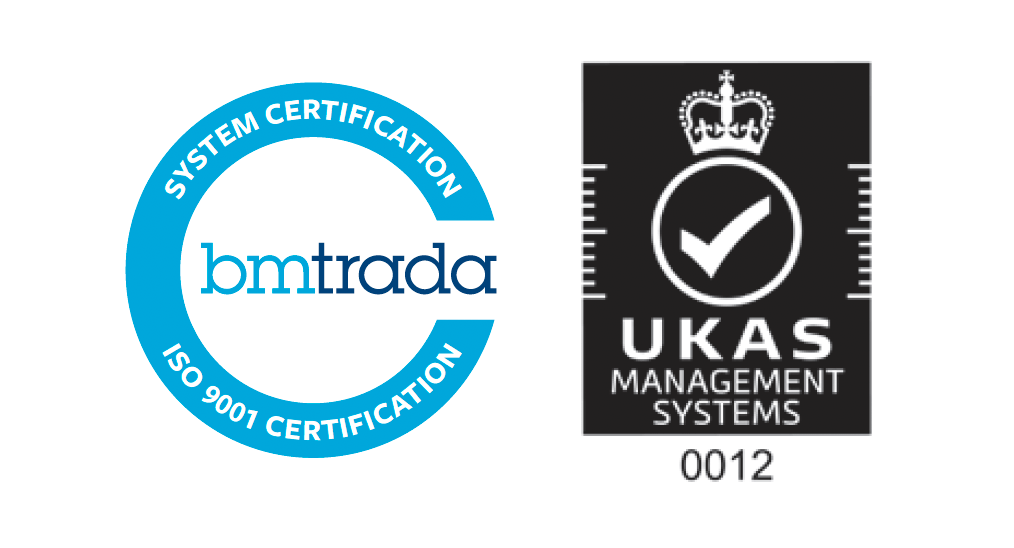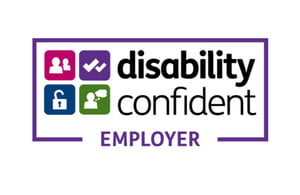Urgent and Emergency Care Services (UEC) services have faced a year of serious pressure. The winter, in particular, has been difficult, with 54,532 people waiting longer than 12 hours in A&E in December.
This pressure has been most visible in ambulance services, where response times have reached record levels and workforce gaps make meeting demand difficult.

Based on recently published national data and CF’s experience in the sector, we developed this piece which identifies the drivers of a deterioration in performance, namely:
- Increased and more complex demand placing more strain on an already-creaking system
- Ambulance handover delays preventing crews from reaching patients in a timely manner
- High sickness absence rates in ambulance services since the pandemic reducing ambulance service capacity
Our recommendations to address these challenges take a three-lens approach. Ambulance services and UEC more broadly are trapped in a cycle of deterioration. These three opportunities are essential to breaking out of this cycle of decline and create a step change improvement in care.
- Data and digital: digital solutions can be used at every stage of the pathway, whilst predictive modelling could help avoid the accumulation of pressure that we are seeing today
- Workforce: ambulance services must focus not just on increasing workforce but on getting the right skill-mix and putting the most experienced practitioners in the roles where they can have the most impact
- Hear and Treat: increasing usage ‘hear and treat’ as a response to incidents would release resources and reduce the number of conveyances to hospital
You can find the full article here.


